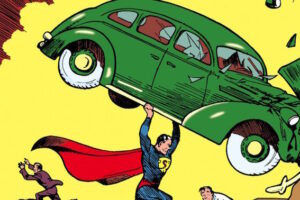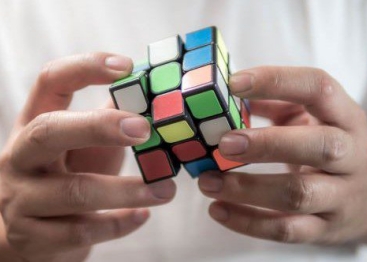10 Innovative and Strange Cameras That Pushed Technology Forward
Have you ever stopped to think about what the future of photography might look like? Predicting technological breakthroughs is never easy, but sometimes, the best way to guess where we’re headed is to look at where we’ve been—and where we are now. From the earliest cameras to the cutting-edge tech of today, photography has always been about pushing boundaries. And while there are still things we can’t capture (yet), the possibilities are as exciting as they are mind-bending.
In that spirit, let’s take a journey through the past, present, and future of photography, exploring some of the weirdest, most innovative cameras ever created. These devices don’t just capture images—they challenge our ideas of what photography can be. Whether it’s a camera that sees around corners or one that turns sound into pictures, the future of photography is shaping up to be as strange as it is spectacular.
10.Camera obscura
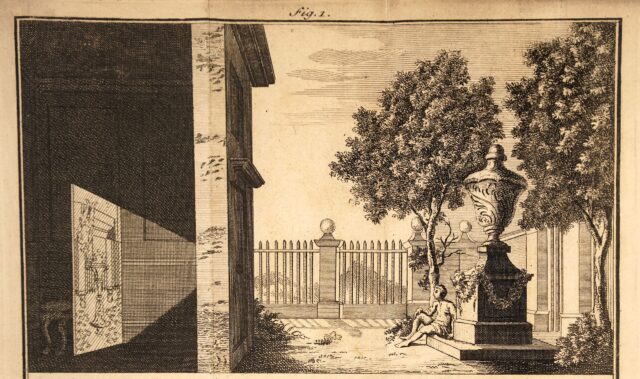
The camera obscura is often hailed as the world’s first camera, with its origins tracing back to 4th-century China. Simple yet brilliant, it was essentially a dark room or box with a tiny hole or lens at the front. When light passed through this opening, it projected an upside-down image of the outside world onto the back surface. Why upside-down? Because light travels in straight lines. Imagine someone sitting in front of the camera obscura: light from the top of their head and the soles of their feet travels through the pinhole, crossing paths along the way. By the time it hits the back of the box, the image flips—top becomes bottom, and bottom becomes top. It’s a fascinating demonstration of how light behaves, and it laid the groundwork for everything that came after.
Of course, the camera obscura couldn’t actually capture images—it only projected them. Back then, it was mostly used for safe eclipse viewing, and some believe early cave artists might have traced over its projections. Sadly, no photographs survive from ancient China, as the technology to permanently record images hadn’t been invented yet. Even the famous “photo of Jesus” and the Shroud of Turin, often rumored to be early photographic works, remain shrouded in mystery and debate.
The first true photograph didn’t appear until much later, in 1826 or 1827. Taken by Joseph Nicéphore Niépce, it’s known as View from the Window at Le Gras and shows the view from his estate. Niépce used a technique called “heliography,” coating a plate with “bitumen of Judea” to capture the image. This marked the birth of modern photography. Niépce later collaborated with Jacques-Mandé Daguerre to develop the daguerreotype process, which slashed exposure times from eight hours to just 15 minutes. When the French government acquired the patent in 1839, photography exploded into the mainstream, forever changing how we see—and capture—the world.
From the humble camera obscura to the first photograph, the journey of photography is a testament to human curiosity and ingenuity. It’s a story of light, science, and the relentless pursuit of preserving moments in time.
9.George R. Lawrence’s “mammoth camera”
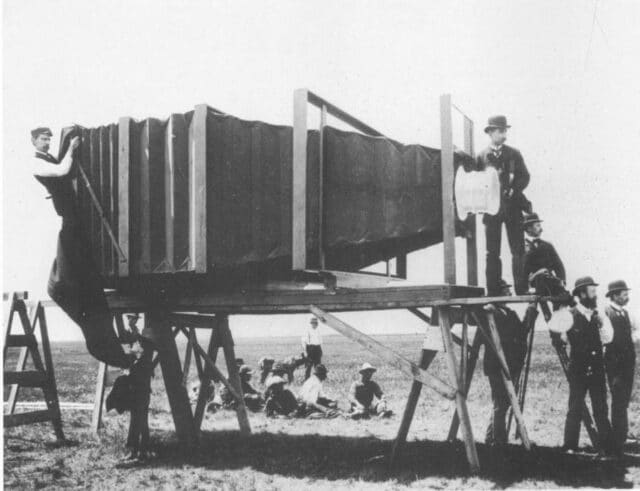
The world’s largest camera was built in 1900. About the size of a car, its purpose was simple: To capture an entire train in a single shot. It was commissioned by the Chicago & Alton Railway to showcase the “handsomest train in the world” in all its glory: their “Alton Limited” steam engine with its eight passenger cars. At the turn of the century, this was unprecedented. Photography was still new, and there was no way to take an image so big—not without compromising on detail.
The so-called “mammoth camera,” designed by George R. Lawrence, was therefore a marvel of its time, capable of holding an 8-by-4.5-foot image. Lined with heavy black canvas and light-proofed with 40 gallons of glue, it featured an intricate bellows system and innovative plate holder to minimize friction with the massive glass plate, as well as to facilitate ease of handling. On the day of the photo, the camera was delivered by freight car and horse-drawn van to the Brighton Park shooting location. There, it took fifteen men to set up. But the image itself took only two and a half minutes of exposure to capture.
Nowadays there’s a digital equivalent—and it’s pointed at the stars. Also roughly the size of a car, the LSST Camera—the world’s largest digital camera—is set to be installed at the Rubin Observatory in Chile at the end of 2024. Remarkably, its record-breaking 1.57-meter lens contains 189 sensors with more pixels each than the iPhone 13 camera. In total, the LSST has 3.2 gigapixels, which means it’s capable of taking images with a resolution high enough to show a golf ball from 24 kilometers away. Every night, it’s expected to capture 15 terabytes of data, helping scientists study the nature of dark matter and galaxy formation.
8.Zenit Photosniper
When you think of cameras, you probably imagine something handheld or mounted on a tripod. But what about a camera shaped like a gun? Enter the world of “gun cameras,” a bizarre yet fascinating chapter in the history of photography. These devices weren’t just cameras attached to guns—they were cameras designed to look and function like firearms. And they weren’t just for show; they had serious military and tactical purposes.
Take the Zenit Photosniper, for example. Developed by the Soviet Union during World War II, this rifle-shaped camera was built to harness the steady hands of snipers for reconnaissance missions. One model, the Photosniper FS-2, even featured a wooden rifle stock and a reflex viewfinder, making it perfect for high-precision, long-distance shots. After the war, it became available to civilians, turning a tool of war into a quirky piece of photographic equipment.
But not all gun cameras were rifle-shaped. The DORYU 2-16, for instance, looked like a pistol and was designed for police use. Then there was the Rokuoh-Sha Type 89, which resembled a machine gun. Produced by Konishoruko (now Konica) for the Japanese Air Force, this camera was mounted on planes and connected to the weapons trigger. Instead of firing bullets, it snapped photos to evaluate trainee pilots’ accuracy. It was a clever way to train without wasting ammunition—and a reminder of how creativity can turn even the most unlikely tools into something useful.
These gun cameras are more than just oddities; they’re a testament to the ingenuity of their time. Whether used for reconnaissance, training, or even civilian photography, they blur the line between art and utility, proving that sometimes, the most unexpected ideas can capture our imagination—and the perfect shot.
7.DARPA’s mantis eye
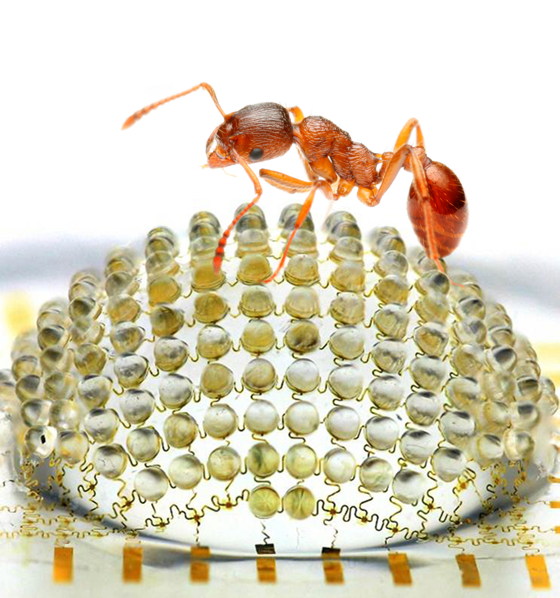
In 2013, a team of researchers from the University of Illinois, backed by DARPA funding, unveiled a groundbreaking digital camera inspired by the compound eyes of insects like praying mantises and dragonflies. Unlike earlier designs, which had resolutions comparable to the eyesight of a fire ant or bark beetle, this new camera featured an array of tiny lenses and detectors, offering an exceptionally wide field of view that researchers described as “nearly infinite.” With minimal optical distortions and a curved, elastic design mimicking an insect’s eye, it was a marvel of modern engineering—and a giant leap forward in camera technology.
But what exactly does DARPA plan to do with such a camera? While the specifics remain unclear, there’s been plenty of speculation. One possibility is its use in mosquito-sized drones, designed for stealth missions. Imagine a tiny, nearly undetectable drone equipped with this insect-inspired camera, capable of navigating tight spaces and capturing high-quality images without being noticed. It’s a concept straight out of a sci-fi movie, but it’s not far from reality.
On the flip side, this technology could also have life-saving applications. Picture micro airborne vehicles (MAVs) equipped with these cameras, flying into collapsed or smoke-filled buildings during disaster relief efforts. The camera’s wide field of view and precision could help rescuers locate survivors more efficiently, turning a tool of potential warfare into a beacon of hope.
Whether used for military stealth or humanitarian missions, this insect-inspired camera is a testament to the power of biomimicry. By looking to nature, researchers have created a device that’s as versatile as it is innovative—and it’s just the beginning of what’s possible.
6.OmniVision OV6948
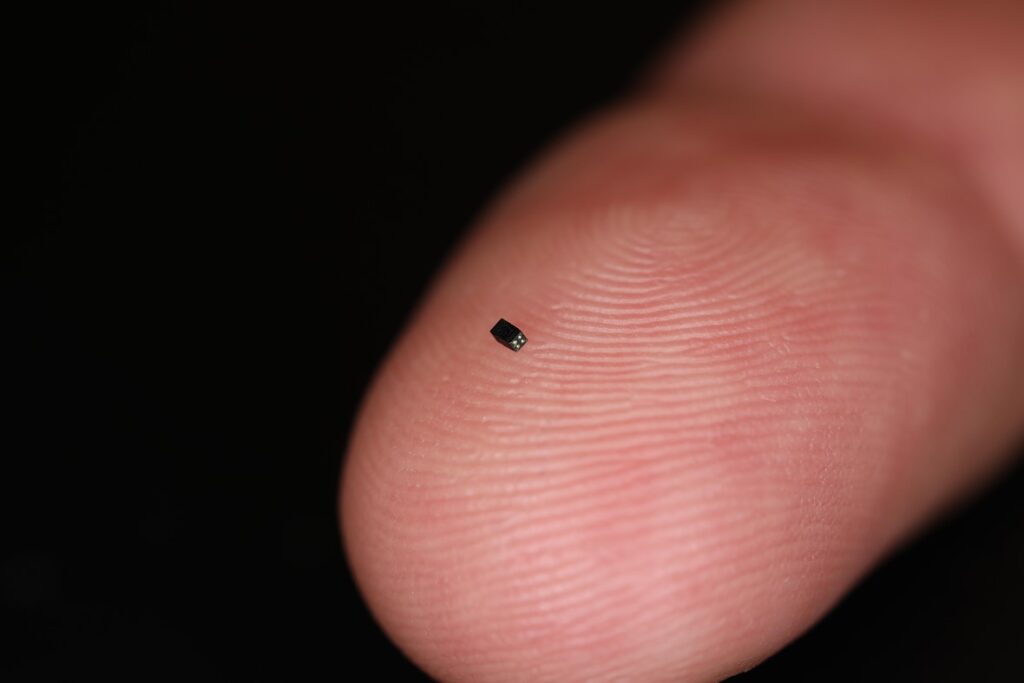
Heralded by Guinness World Records as the smallest commercially available image sensor, the tiny OmniVision OV6948 is a giant leap forward for medical imaging. Measuring 0.575 mm by 0.575 mm, it can be fitted to devices as narrow as a millimeter to help minimize discomfort and recovery time. Plus, the sensor’s low-power backside illumination does away with the need for potentially too-hot additional light sources, which further avoids any discomfort. Its resolution of 200 x 200 pixels is good enough for capturing images of some of the tiniest body parts, so it’ll be invaluable to a wide range of medical fields, including neurology, cardiology, and urology.
Furthermore, because it’s relatively cheap to make, it addresses a growing demand for disposable endoscopes amid concerns over cross-contamination.
5.Panono
Imagine a camera that can capture every angle of a scene in stunning, high-resolution detail. That’s exactly what the Panono does. About the size of a grapefruit, this innovative device packs 36 lenses, each equipped with a 108-megapixel sensor—equivalent to the camera on a high-end smartphone. Together, they create breathtaking 360-degree panoramas that would make even the most ambitious photographers jealous.
The Panono started as a thesis project, but thanks to crowdfunding, it quickly went from concept to reality. Designed in Germany, this spherical camera is as user-friendly as it is advanced. You can mount it on a stick, toss it in the air like a ball, or simply hold it in your hand. A single button activates it, and an LED ring keeps you updated on its status. Charging and connecting accessories? That’s handled by a single micro USB port. And while the optional app enhances photo shooting, editing, and sharing, it’s not strictly necessary. The Panono is designed to be simple, intuitive, and fun.
What makes the Panono truly special is its ability to capture the world in ways traditional cameras can’t. Whether you’re documenting a family gathering, exploring a scenic landscape, or just having fun, this little device ensures you don’t miss a single detail. It’s a reminder that sometimes, the most groundbreaking ideas come in the smallest packages.
4.Paragraphica
Reflecting our diminishing interest in the outside world, Paragraphica is (probably) the first ever camera without a lens or aperture of any kind. The place where it would usually be is instead fitted with an extraterrestrial-looking, purely decorative 3D-printed spirograph inspired by the star-nosed mole.
Uniquely, Paragraphica takes photos (or rather, creates images) by combining GPS positioning and artificial intelligence. Creator Bjørn Karmann explains how it uses “contextual data” to generate an image: first, it pinpoints the user’s location and surroundings, then it adds in environmental conditions such as weather and time. With this information, it can, fairly convincingly with AI, generate an image of what the user sees in front of him—except in the bizarro style characteristic of AIs like DALL-E.
Pointless? Yes. But it’s only a prototype; it’s not on the market just yet. There is something appealing about it, though. Powered by a Raspberry Pi 4, it has several user-friendly controls, including three dials to fine-tune input data and AI output settings. For those interested, there’s also a virtual version online.
3.Touch Sight
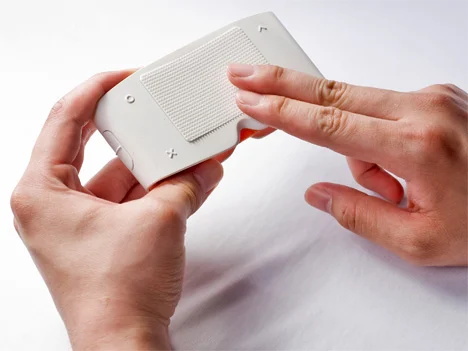
You might think photography is off-limits for the blind, but that’s far from the truth. Historically, blind photographers have relied on their other senses—like the sound of waves, the smell of flowers, or the texture of objects—to guide their shots. Today, technology is making it even easier for them to capture the world in their own unique way.
Take Apple’s VoiceOver feature, for example. Pre-installed on iOS devices, this screen reader doesn’t just describe the camera’s buttons—it also announces how many faces are in the frame and even helps guide the user’s hand when taking panoramas. It’s a game-changer for accessibility, but it’s just the beginning.
Enter Samsung’s Touch Sight, a camera designed specifically for the blind. Instead of a traditional LCD screen, it features a revolutionary Braille display—a flexible, embossable surface that turns photos into 3D textures users can feel. But that’s not all. The Touch Sight also records three seconds of ambient sound with each photo, providing an auditory reference that makes organizing images a breeze. Unlike conventional cameras, it’s designed to be held against the forehead, positioning the lens like a “third eye.” This unique placement not only helps stabilize the camera but also allows users to “feel” the photo they’ve just taken, leveraging their heightened spatial and auditory awareness.
Inspired by practices at Israel’s Beit Ha’iver (Center for the Blind), the Touch Sight is more than just a camera—it’s a tool that empowers the blind to explore and share their perspective of the world. It’s a reminder that innovation isn’t just about pushing boundaries; it’s about making the world more inclusive, one snapshot at a time.
2.Flexible camera
Invisibility cloaks, whereby cameras and screens are used to display what’s behind an object on the front of it, would be easier with flexible cameras. We’d be able to wrap them around objects or make them into clothing. This isn’t necessarily what Columbia University’s Shree K. Nayar had in mind, but it’s probably the use to which his thin, bendable sheet camera will be put. This innovative concept can be adapted to various shapes and surfaces to shoot images that normal cameras cannot.
Crucially, its flexible lens array (made of an elastic material) is responsive, changing optical properties as the sheet bends to ensure high-quality images across a range of deformations. If the lenses were fixed, there would be gaps in the field of view when the lens sheet was bent.
Although it’s just a concept for now, Nayar and his team envision the technology as a low-cost, rollable sheet.
Needless to say, one use they have in mind is surveillance, with the sheet allowing photography from otherwise impossible locations—literally, blanket surveillance. They also have the somewhat less sinister idea of a low-cost credit card-sized camera that changes the field of view when it’s flexed.
1.Quantum camera and holography
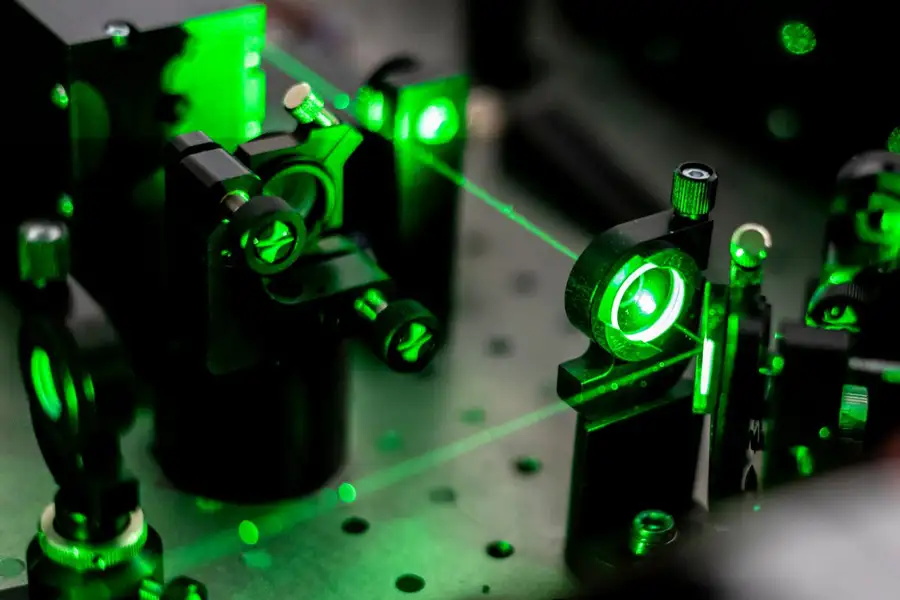
With all the incredible cameras we have today—and the even more futuristic ones on the horizon—what’s left to capture? What’s the final frontier of photography? One answer might surprise you: objects in complete darkness. Enter the quantum camera, a groundbreaking invention from China that uses the strange principles of quantum physics to capture images of objects without light ever touching them. How? By encoding information about the object into light particles that haven’t interacted with it directly. While still in its early stages, this technology could revolutionize fields like medical imaging, allowing us to study delicate, light-sensitive materials inside the human body like never before.
But that’s not the only futuristic concept shaking up photography. Another is synthetic wavelength holography, a technique based on interferometry—a method used to measure everything from distant stars to microscopic details. This technology lets us take photos of objects hidden around corners, without needing a long stick or a mirror. Here’s how it works: laser beams with slightly different wavelengths are fired past obstacles, illuminating hidden objects. The reflected light is captured and combined to create an interference pattern, essentially a “blueprint” of the object’s shape and location. The best part? It only takes two exposures, each lasting just 23 milliseconds, to scan nearly half a sphere of space. The precision is jaw-dropping—and a little unnerving.
The potential applications are vast. Imagine doctors using it to see through bones and examine tissues, or engineers detecting tiny flaws in machinery. Self-driving cars could use it to navigate blind corners and foggy conditions. And with the help of artificial intelligence, we might even see real-time holographic streaming systems in the future. Unsurprisingly, this technology is attracting plenty of funding, and while it’s still a ways off, it’s clear that holography could transform how we see and interact with the world.
Of course, with great power comes great responsibility. While these advancements promise incredible benefits, they also raise questions about privacy and surveillance. One thing’s for sure: the future of photography is anything but ordinary.



